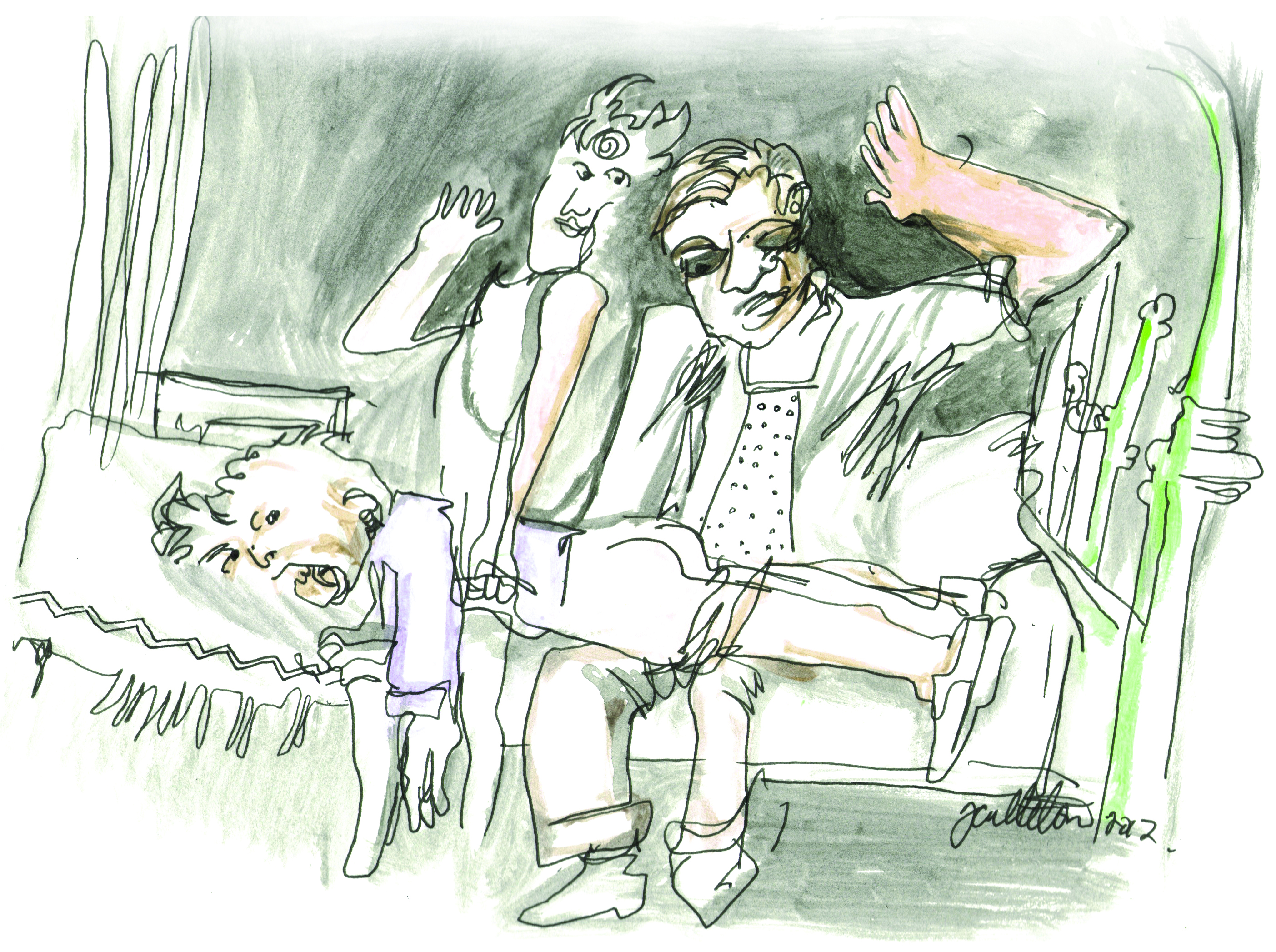Feb. 14 marks the beginning of Fair Trade Manitoba’s One-Month Challenge. Manitobans are challenged to buy only fair trade certified coffee, tea and chocolate — three products that are consumed in high quantity in the West but have detrimental effects on the environment and for the workers who produce them in the global south. There are plenty of other fair trade products, such as sugar, cotton and even wine, which are available with little effort on the part of the consumer, as the crops that provide the raw materials for these products also have issues surrounding them, as well. But for the One-Month Challenge, Fair Trade Manitoba chose to focus on those products that are consumed the most frequently.
I recently attended a presentation on consumer social responsibility vs. corporate social responsibility in a course on activism and the environment, with a presentation on fair trade. After much debate on the merits and issues of fair trade certification, about half the class agreed to give the One-Month Challenge a shot and to journal our progress, myself included.
I admit that I am heavily reliant on caffeinated beverages to get me through the week. Most of this caffeine is in black tea and green tea, or the odd cup of coffee when neither of those will crank me up high enough. Now, I like to think of myself as a relatively progressive dude, but when scanning the labels in my pantry, I find that few if any of my teas are fair trade certified.
Fair trade certification means that a product wasn’t grown with more respect given to high crop yields than to environmental integrity, and weren’t sown, picked, dried and/or packaged by labourers whose working conditions would be deemed illegal in Canada.
In the case of chocolate production, the situation is frankly quite appalling. In West Africa, where much of the cocoa beans harvested for Western chocolate consumption come from, children are used regularly in cultivation, often taken from their families and forced to work long, brutal hours for little pay. There’s a good chance that the chocolate you are eating contains the blood, sweat and tears of elementary school aged children.
Personally, I don’t eat a lot of chocolate, so buying fair trade for a month — or regularly, for that matter — isn’t such a hard thing to fathom, and certainly won’t affect my overdraft much. But when we move to the tea and coffee fronts, the challenge becomes more difficult.
Both crops are generally grown in tropical climates, often using slash and burn farming techniques to clear otherwise pristine rainforest. Some side effects of the intensive export-driven farming of these crops include deforestation, decreased soil quality and greater pollution from pesticides.
On campus, there are a number of options for fair trade coffees. Degrees and the Daily Bread serve fair trade coffee, and Starbucks offers it as well, though I’m told you have to request it. Then again, it’s never a bad idea to verbally request fair trade products if they are something you, as a consumer, are interested in purchasing. Generally, retailers are more than happy to bring in products, if it means they are winning or keeping a customer in the process.
Now, on to tea. I am pretty frugal consumer, and while I blast through at least a cup of black tea a day, my choice at the supermarket tends to be 100 bags for the cheapest price possible (generally around $3). For green tea, I have become a sucker for packaging over price and can’t resist grabbing Gretzky’s Green Tea from Bigelow, which, despite the gourmet label, is not fair trade. For shame, Great One!
To accomplish this One Month Challenge, I’ll have to dip into the overdraft and pick up at least a box of green and black fair trade teas. This isn’t hard to do, as most retailers provide the option, and specialty food stores like Organza or Vita Health have more fair trade products than you’d ever need.
While all this is well and good, there are certainly drawbacks to the fair trade certification process. For one, the cost in dollars and time to regularly go through the screening and reporting stages inherent to certification is often a burden on producers and distributors. The higher cost to consumers is another.
However, when you consider the intent of fair trade and the larger picture — paying workers a living wage and minimizing environmental damage — the drawbacks don’t seem so big. Buying fair trade certified goods for a month, or a year, or forever, isn’t going to save the world, but it certainly better than sitting around on your ass doing nothing. If you’re going to be drinking coffee or tea, or eating chocolate between now and March 15, make it fair trade.
Sheldon Birnie is in his fourth year of environmental studies at the U of M.





If the goal is to make fair trade products more fashionable throughout their entire year, their prices will have to drop. I’m surprised that we haven’t heard about some kind of charity designed to help fair trade producers with certification costs. That would take some of the burden off consumers.
Alternatively, shareholder activism has sometimes been more effective than consumer activism. Starbucks is a publicly traded company, so those holding stock in it could provide the necessary push for them to move to fair trade across the board.
Fair trade products aren’t always more expensive. For example, at Starbucks, it’s the same price as their regular blends. Fair Trade products are higher quality and are nearly always priced at the same range as other higher quality products.
Also, Starbucks always brews fair trade coffee and IQ’s brews fair trade on Monday Wednesdays and Fridays. Aramark and GPA’s also have fair trade coffee and Robin’s may as well (though I’m not sure of that).
– Kelsey